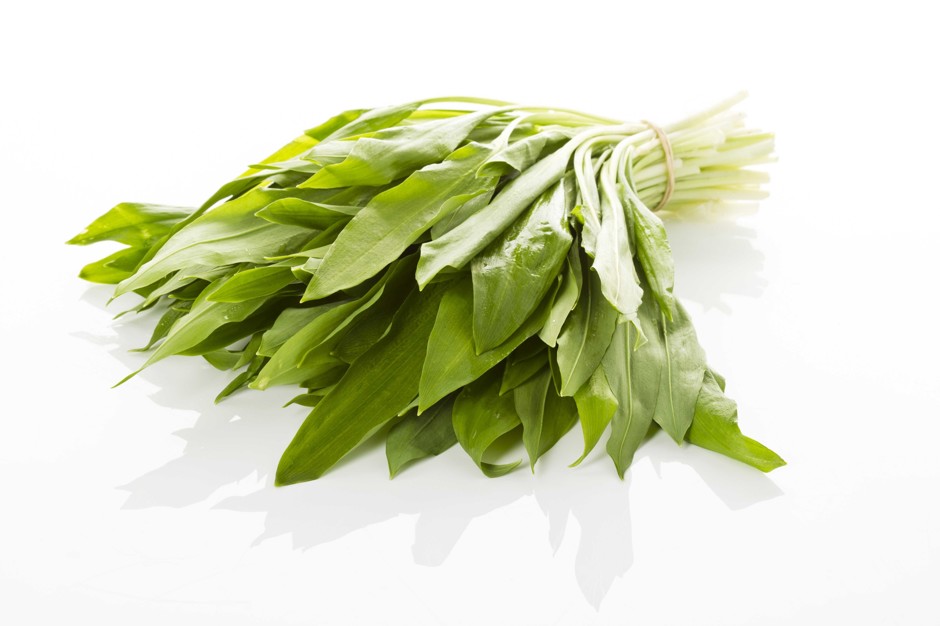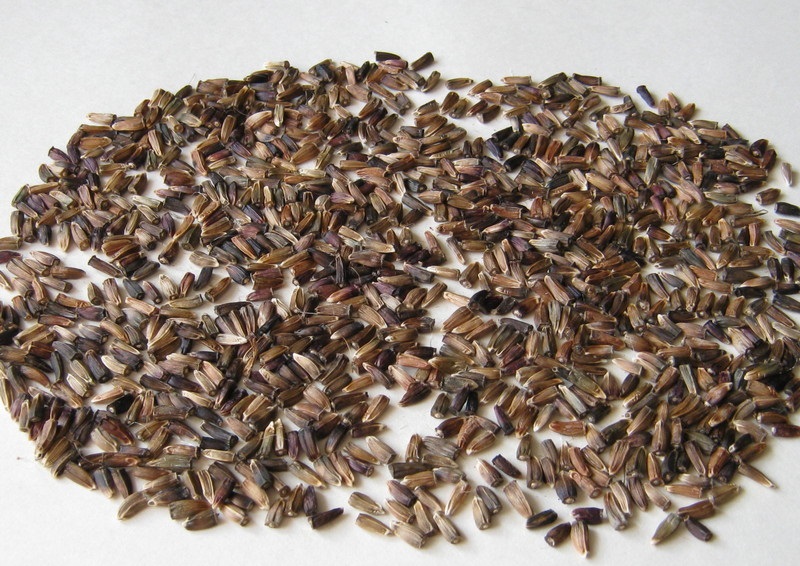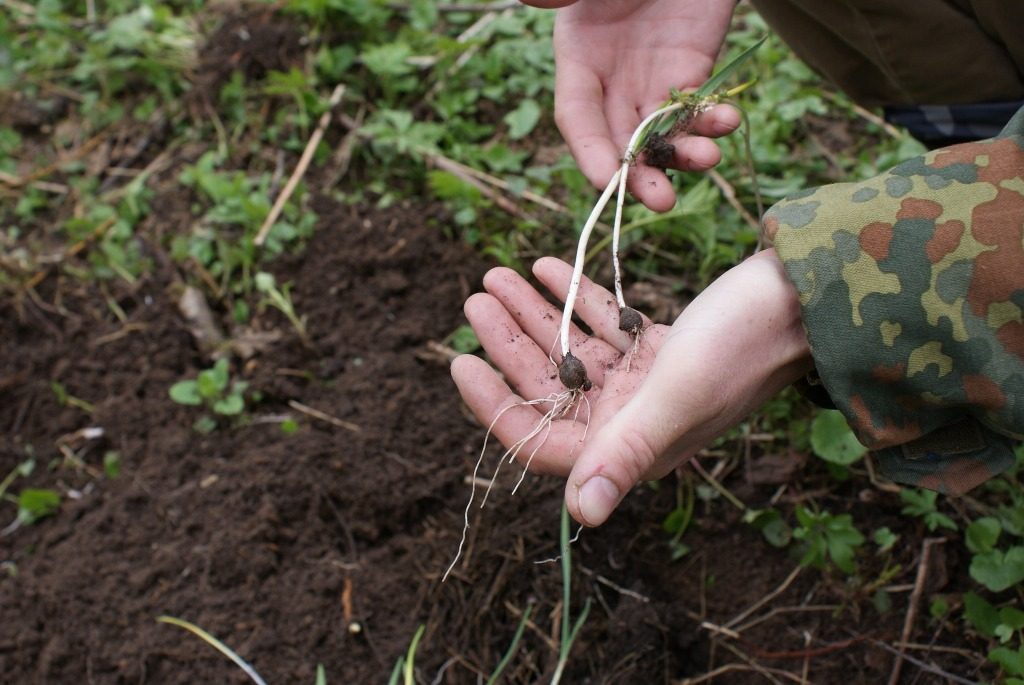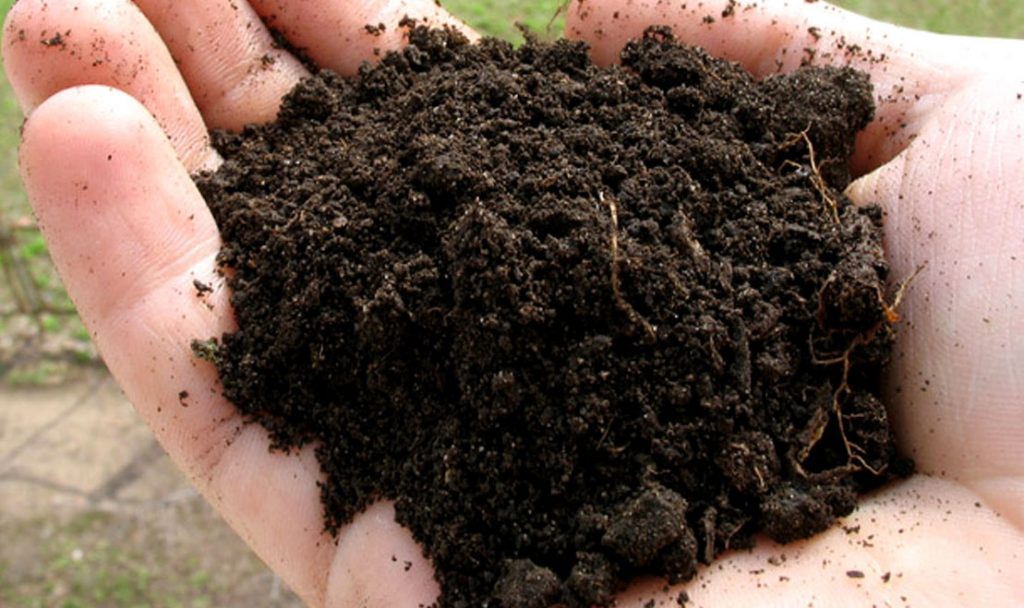Growing wild garlic and care features
Content
Landing view
Such varieties are known as bear, Okhotsk, victory bow. They all differ in bulb size, inflorescence shape and stem height. To have a real storehouse of vitamins in the spring, we recommend planting wild onions in the country. The most popular among summer residents are such varieties of wild garlic as bear and victory onions. They are perennial bulbous crops with characteristic lanceolate broad leaves.
The bear species is a low plant, the length of the peduncle of which reaches 40 cm. It has two more varieties. This is a Bear Cub and a Bear delicacy.
The seeds of these varieties have appeared on the market relatively recently. The victorious onion is endowed with larger leaves and a long peduncle - up to 70 cm. Most experienced summer residents choose the last type of wild garlic for growing.
How to grow video
From the video you will learn how to grow wild garlic.
Landing sites
Even novice gardeners can master the cultivation of this vitamin culture, since the plant is quite unpretentious in terms of care. An important point is the choice of location. Equally well suited as an area near shrubs, outbuildings, greenhouses, and the area under trees, even a plot located in the shade. No wonder there is a joke that says that wild garlic grows even where nothing wants to grow except weeds.
Under natural conditions, the culture prefers mixed forests, where there is loose and moist soil. Wild garlic plantations in the fall are reliably protected from the influence of external factors by fallen leaves. At the dacha for growing a vitamin culture, mulching of wild onion plantings with peat and fallen leaves is carried out. Do not use only the foliage of fruit trees. Alternatively, compost is also suitable for mulch.
Growing methods
Today it is customary to plant wild garlic with bulbs or seeds. By choosing planting with bulbs, you can get an earlier harvest than when planting seeds. Let's consider each of the methods in more detail.
Seeds
Sowing seeds should be done in the fall. Usually it is produced in conjunction with the planting of other vegetables. It is permissible to sow wild garlic seeds from the second half of October. Only the seeds of the current year should be used. Others may have a poor germination rate. For planting, a plot of about 70 by 70 cm is set aside. It is fenced off, dug up, get rid of weeds and bring in compost. Further, furrows are formed with a depth of about 5 cm. Consumption is 10 seeds per square meter. With the arrival of spring, careful loosening of the seedlings is required. In the presence of sunny weather and drought, it is advised to cover the sprouts with a special agricultural canvas. When a year has passed, young shoots should be transplanted to a permanent place. At the same time, the distance between crops of 10 - 15 cm must be observed. Some experienced summer residents prefer to sow seeds in pots.They can then be directly placed in open ground.
The advantage of this method is easier weed control. The seed method of growing is popular because it allows you to harvest a large yield of a source of vitamins. But the maximum amount of green onions can be harvested only after 3 - 4 years from the moment of sowing.
Bulbs
It is possible to grow wild garlic from bulbs. When choosing this method, the bulbs are preferably planted in early spring. During this period, there are already clearly visible green shoots on the surface of the earth. In practice, many summer residents choose autumn for planting bulbs. Since wild garlic is known for a rather short growing season. And already in the middle of summer, its aboveground part invariably dies off.
In order not to damage the structure of the bulbs, it is best to outline the plants that will be selected for subsequent transplantation. It is recommended to fertilize the area allocated for planting bulbs with compost and organic fertilizing.
Planting the bulbs according to the rules is carried out with a distance of at least 10 cm and up to 20 cm between the furrows. The planting depth is normally 5 - 7 cm, which is important for large specimens. A couple of centimeters will suffice for small bulbs. Next, you need to sprinkle the plantings with loose soil, the layer of which should not be more than 7 cm.
Care
As mentioned above, caring for the plant will not be a problem even for novice gardeners. The main types of work here are the removal of weeds that interfere with the normal growth and full development of wild garlic, loosening the soil and watering on dry days.
When grown on a plot, wild onions are able to actively grow beyond the boundaries of the place that you originally allocated for them. In this case, the owner of the garden has to remove excess plants. Remember that for the winter it is definitely worth mulching this crop using the previously mentioned fallen leaves, compost or peat.
Growing at home
A bed with wild garlic on the windowsill at home is a rather familiar phenomenon. Greens grown at home turn out to be more tender and juicy in taste than those harvested from the site.
Planting is carried out by seed and bulbous methods. When choosing the first seed, be sure to be fresh. A month before the upcoming sowing, they are advised to combine with wet sand and place in the refrigerator. The temperature should be between 0 and - 3 degrees. For planting, use a spacious tray or separate pots up to 40 cm in diameter. The depth of the dishes should not be less than 30 cm. Then the root system will have enough room for normal development. A universal potting soil mixture is used, intended for vegetable seedlings. You can buy it ready-made or make it yourself by mixing forest soil and peat in a 2: 1 ratio.
Before sowing, the substrate must be placed in a preheated oven for half an hour. Then it is poured into a container, tamped by hand, the seeds are placed at a distance of up to 15 cm and crushed with peat or humus. Required by humidification from a spray bottle. In order to speed up the germination time, you can dig up the crops with cling film and put them in a warm place. It is removed after 3 - 4 weeks, when there are already the first shoots. Further, crops require the creation of partial shade.
With the onion method, planting material is prepared in the summer. It is dug up in late September - early October. Then they are placed by transferring into separate pots, which are already filled with nutritious and loose soil. Planting containers should be at least 40 cm in diameter and at least 30 cm deep.Since horizontal roots can grow up to 20 cm.Large specimens are deepened by 7 cm, small ones - up to 3 cm.At the end, peat should be poured, the layer thickness of which does not exceed 7 cm, and water the planting well.
It is recommended to water the "home garden" regularly and with plenty of water. But at the same time, it is impossible not to prevent drying out or waterlogging of the soil.In the latter case, rotting of the bulbs is possible. A loosening procedure is also required. You should not do this deeply. It allows oxygen to pass through the earth. During the warmer months, you can move your favorite culture to fresh air. But as soon as the first cold days come, containers with plants are immediately taken into the house. The resulting "garlic herb" can be consumed both fresh and prepared with it all kinds of salads, snacks, added as an excellent seasoning to the first and second courses, as well as harvested for the winter - pickled, salted or fermented.
Video "Benefits and Harms"
From the video you will learn about the benefits and dangers of wild garlic.



